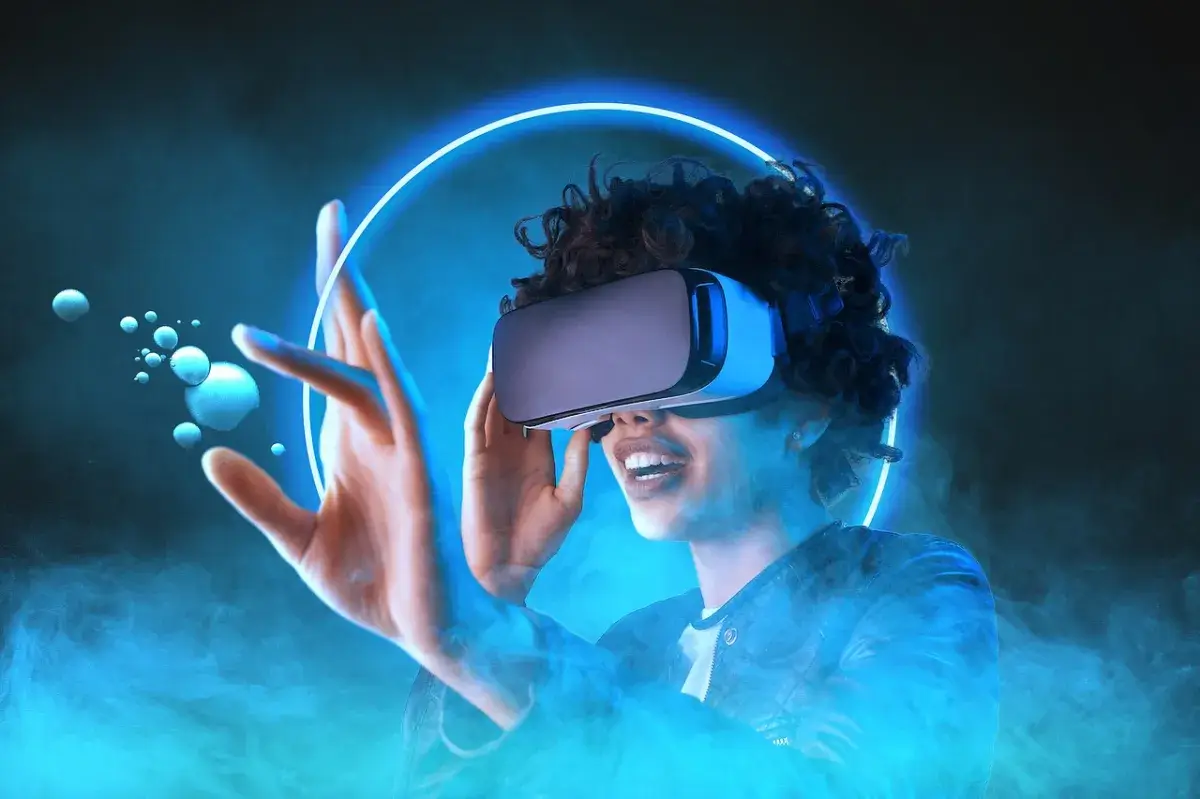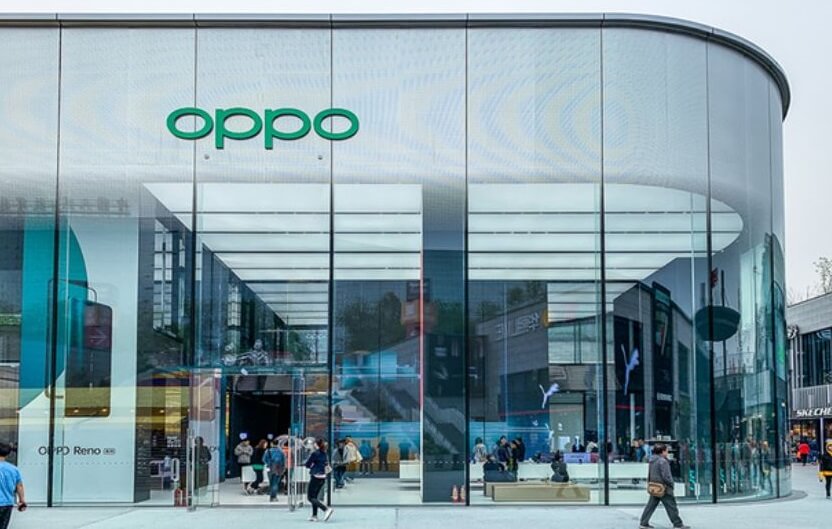The metaverse, once a futuristic concept, is rapidly transforming into a tangible reality, with numerous platforms witnessing significant user adoption. Several key drivers are fueling this growth, along with implications that span across various sectors.
One of the primary catalysts for this explosive user adoption is the increasing accessibility and affordability of virtual and augmented reality (VR/AR) technologies. As VR/AR headsets become more readily available and user-friendly, they lower the barrier to entry for individuals seeking immersive experiences. This, coupled with advancements in processing power and graphics rendering, creates more compelling and realistic virtual environments, attracting a wider audience. The integration of 5G networks also plays a crucial role, providing the high-bandwidth and low-latency connections necessary for seamless metaverse experiences.
Beyond technological advancements, the growing demand for immersive and interactive digital experiences is a significant driver. Users are increasingly seeking engaging alternatives to traditional forms of entertainment, communication, and even work. The metaverse offers a unique opportunity to socialize, collaborate, and create in shared virtual spaces, fostering a sense of community and belonging. This is particularly appealing to younger generations who have grown up with digital technologies and are comfortable navigating virtual environments.
The rise of the creator economy is also contributing to metaverse adoption. Platforms that empower users to create and monetize their own content are attracting a large influx of new participants. These creators are building virtual worlds, designing digital assets, and hosting interactive events, generating new economic opportunities within the metaverse. The integration of NFTs (Non-Fungible Tokens) and blockchain technology further incentivizes participation by providing users with verifiable ownership of their digital creations and allowing them to participate in play-to-earn models.
The implications of this rapid user adoption are far-reaching and impact various industries. Gaming is at the forefront, with metaverse platforms offering immersive and interactive gameplay experiences that go beyond traditional gaming formats. Social media is also being transformed, as users seek more engaging and personalized ways to connect with others. E-commerce is evolving with the emergence of virtual storefronts and digital marketplaces where users can shop for goods and services in immersive environments. The metaverse is also finding applications in education, training, healthcare, and industrial manufacturing, offering new ways to learn, collaborate, and solve complex problems. For example, the metaverse in education market is expected to grow at a CAGR of 37.9% between 2024 and 2034.
However, this rapid growth also presents challenges. Concerns about cybersecurity, data privacy, and digital identity are becoming increasingly important. As more users interact and transact within the metaverse, it is crucial to establish robust security measures and protect personal information. Interoperability between different metaverse platforms is another key challenge. The lack of unified standards and protocols can create fragmented experiences and limit the seamless movement of users and assets across virtual worlds. Ethical considerations, such as digital harassment and the potential for social isolation, also need to be addressed to ensure that the metaverse is a safe and inclusive environment for everyone.
Looking ahead, the metaverse is poised for continued growth and evolution. Major tech companies are investing heavily in metaverse infrastructure and technologies, driving innovation and expanding the possibilities of virtual experiences. As the metaverse becomes more accessible, user-friendly, and secure, it has the potential to transform the way we live, work, and interact with each other. It is important to address the challenges and ethical considerations to ensure that the metaverse benefits society as a whole and creates a positive and inclusive digital future.




















